Medication Cost-Benefit Calculator
Assess Your Medication Options
How this works: Enter your treatment parameters to see how expensive medications compare to alternatives. Based on data from the article, this calculator helps you understand if the cost is justified by the benefits.
Analysis Results
Current Treatment
Cost per additional month: $0
Quality-adjusted benefit: 0.0 QALYs
Alternative Treatment
Cost per additional month: $0
Quality-adjusted benefit: 0.0 QALYs
When a medication costs more than a car-or even a year’s rent-how do you decide it’s worth it? For many people living with rare diseases, cancer, or severe autoimmune conditions, this isn’t a theoretical question. It’s daily life. These drugs can save lives, but they often come with brutal side effects and financial burdens that stretch families to the breaking point. So when does the price and the risk actually make sense?
Why Some Drugs Cost More Than Your Salary
The most expensive medications today aren’t just expensive because they’re new. They’re priced that way because they’re engineered for tiny patient groups. Think of drugs like emibizumab for hemophilia or tisagenlecleucel for certain leukemias. These aren’t pills you pick up at the corner pharmacy. They’re gene therapies, monoclonal antibodies, or personalized cell treatments made one patient at a time. The manufacturing process alone can take months and cost hundreds of thousands of dollars just to produce a single dose. In 2024, the median cost per dose for the 50 most expensive drugs covered by U.S. Medicare hit over $16,000. Thirty-one of those were biologics-complex proteins made from living cells. Sixteen were small-molecule drugs. Three were gene therapies. And 72% of them were for rare diseases, protected under the Orphan Drug Act. That law was meant to encourage innovation for conditions affecting fewer than 200,000 Americans. It worked. But it also created a market where companies can charge whatever they want because there’s no competition.Side Effects Aren’t Just a Nuisance-They’re a Trade-Off
No drug is perfect. Even the most effective ones come with trade-offs. For example, CAR-T therapy can wipe out cancer cells in patients who’ve run out of options. But it can also trigger cytokine release syndrome-a dangerous immune overreaction that requires ICU-level care. Patients might spend weeks in the hospital, feverish, shaky, and hooked to IVs. The risk is real. So why do people still choose it? Because the alternative is worse. A 2023 patient forum from the American Society of Clinical Oncology found that 78% of people who received CAR-T therapy said it was worth the side effects. Why? They were dying. Their bone marrow was failing. Their tumors were spreading. They’d tried chemo, radiation, targeted drugs-all failed. CAR-T gave them a shot at remission. Side effects? Temporary. Death? Permanent. Same goes for hepatitis C drugs like Harvoni. In 2016, a full course cost over $7,000 out-of-pocket. But before Harvoni, the standard treatment was interferon injections-given weekly for up to a year. Side effects included severe fatigue, depression, nausea, and flu-like symptoms so bad that many patients quit. Harvoni cured 95% of patients in 12 weeks. The side effects? Mild headaches or tiredness. The cost was high, but the benefit was life-changing.How Doctors Decide: It’s Not Just About the Disease
Doctors don’t just look at whether a drug works. They weigh five things:- How much longer will it extend life? Some drugs add a few months. Others add years.
- How much better is daily life? Can you walk without pain? Sleep through the night? Work again?
- Are there safer, cheaper alternatives? If yes, why isn’t that being tried first?
- What’s the long-term cost of not treating? Untreated hemophilia leads to joint destruction. Untreated MS leads to paralysis. The cost of ignoring the disease can be higher than the drug.
- Can you manage the side effects? Some side effects can be controlled. Others can’t.

Insurance Isn’t a Safety Net-It’s a Maze
You might think insurance covers these drugs. It doesn’t-not really. Medicare Part D has a coverage gap called the “donut hole.” Even after you pay your deductible, you might still owe 25% of the drug’s list price. And for drugs over $10,000 a month, that’s still thousands of dollars. A 2022 survey found that 68% of patients taking drugs over $10,000 a month skipped doses because of cost. 42% chose between medicine and food. That’s not a statistic. That’s a parent skipping their insulin so their kid can eat. Prior authorization can take two weeks. Specialty pharmacies require you to call daily. Insurance companies demand step therapy-try three cheaper drugs first, even if they’ve already failed. And even when you get approved, the drug might not be in stock. One patient with a rare blood disorder waited six weeks for her drug to arrive. By then, her platelet count had dropped dangerously low.Help Is Out There-If You Know Where to Look
You don’t have to fight this alone. Manufacturer patient assistance programs cover an average of 40% of out-of-pocket costs for commercially insured patients. Foundations like the Chronic Disease Fund gave over $2 billion in aid in 2022. Specialty pharmacy case managers spend over three hours per patient just navigating paperwork. Here’s what actually works:- Ask your doctor for the drug’s patient assistance program-most have one.
- Call your pharmacy and ask for a case manager. They handle insurance, appeals, and delivery.
- Check NeedyMeds.org or GoodRx for coupons and discounts-even for ultra-expensive drugs.
- Apply for Medicaid expansion if you’re under 138% of the poverty line. Some states cover drugs that Medicare won’t.
- If you’re on Medicare, ask about Extra Help (Low-Income Subsidy). It can cut your out-of-pocket costs by 90%.

When the Price Is Just Too High-Even If It Works
Not every expensive drug is worth it. A 2024 study found that 56% of the top 50 most expensive drugs were rated as having low or no additional benefit by European health agencies. Some cancer drugs extend life by just 2.5 months at a cost of $150,000. That’s $60,000 per extra month. Is that value? Or exploitation? Dr. Peter Bach from Memorial Sloan Kettering built a tool called DrugAbacus to measure drug value. He found that four out of ten new cancer drugs approved in 2018 offered little benefit for their price. These drugs weren’t curing anyone. They were just delaying death a little longer-at a cost most people couldn’t afford. That’s why some doctors push back. They’ll say: “We have a cheaper drug that works 80% as well. Let’s try that first.” Or: “This new drug adds three months, but you’ll be in the hospital half that time. Is that what you want?”What’s Changing-and What’s Not
The Inflation Reduction Act of 2022 lets Medicare negotiate prices for 10 drugs starting in 2026. But here’s the catch: 96% of the most expensive drugs are currently excluded. Why? Because they’re too new, too rare, or not on the list. The law doesn’t fix the core problem: we still have no national standard for what’s a fair price. In the UK, the National Institute for Health and Care Excellence (NICE) rejects about 25% of new drugs because they’re too expensive for the benefit they offer. In the U.S., there’s no such filter. A drug can cost $500,000 a year and still be covered-because there’s no one saying no.Final Thought: It’s Not About the Drug. It’s About the Person.
There’s no universal answer. For one person, a $475,000 CAR-T treatment is a miracle. For another, the same drug is a financial ruin. The difference isn’t the drug. It’s the person’s values, their support system, their access to help, and their tolerance for risk. If you’re facing an expensive medication, ask yourself:- What happens if I don’t take this?
- What’s the worst side effect I can live with?
- What help is available to reduce the cost?
- Is this giving me more life-or just more suffering?
Are expensive medications always worth the cost?
No. Many ultra-expensive drugs offer only marginal benefits over cheaper alternatives. A 2024 study found that over half of the top 50 most expensive drugs had low or no added therapeutic benefit according to European health agencies. The key is whether the drug significantly improves survival or quality of life compared to what’s already available.
Why do some drugs cost more than $100,000 per dose?
These drugs are often gene therapies, personalized cell treatments, or biologics made for rare diseases. They’re produced one patient at a time, requiring complex labs, specialized equipment, and months of manufacturing. The Orphan Drug Act incentivizes development for small patient groups, allowing companies to charge high prices with little competition.
How can I reduce the out-of-pocket cost of expensive medications?
Start by asking your doctor or pharmacist about the manufacturer’s patient assistance program-most offer 30-60% discounts. Use sites like NeedyMeds.org to find independent foundations that help with copays. If you’re on Medicare, apply for Extra Help (Low-Income Subsidy). Specialty pharmacy case managers can also help navigate insurance and appeals.
Do side effects make expensive drugs less worthwhile?
It depends. Some side effects-like fatigue or nausea-are manageable. Others, like organ damage or long-term immune suppression, can be severe. But for patients with no other options, even serious side effects may be acceptable if the drug stops a fatal disease. A 2023 study found 78% of CAR-T patients considered the treatment worth the hospitalization risk because it gave them remission.
Why doesn’t Medicare negotiate prices for all expensive drugs?
Under the 2022 Inflation Reduction Act, Medicare can only negotiate prices for 10 drugs per year, and only those that are at least 9 years old and have no generic competitors. Most ultra-expensive drugs-like gene therapies or orphan drugs-are too new or too rare to qualify. As a result, 96% of the most expensive drugs are currently excluded from negotiation.
What should I ask my doctor before starting an expensive medication?
Ask: ‘Is this the best option for me, or are there cheaper alternatives with similar results?’ ‘What are the real-world survival and quality-of-life benefits?’ ‘What side effects are most common, and how are they managed?’ ‘What patient assistance programs are available?’ And ‘What happens if I can’t afford it?’
When the price tag reads like a mortgage and the side effects feel like a battle, the choice isn’t easy. But it’s yours. And with the right information and support, you can make it without losing your dignity-or your wallet.
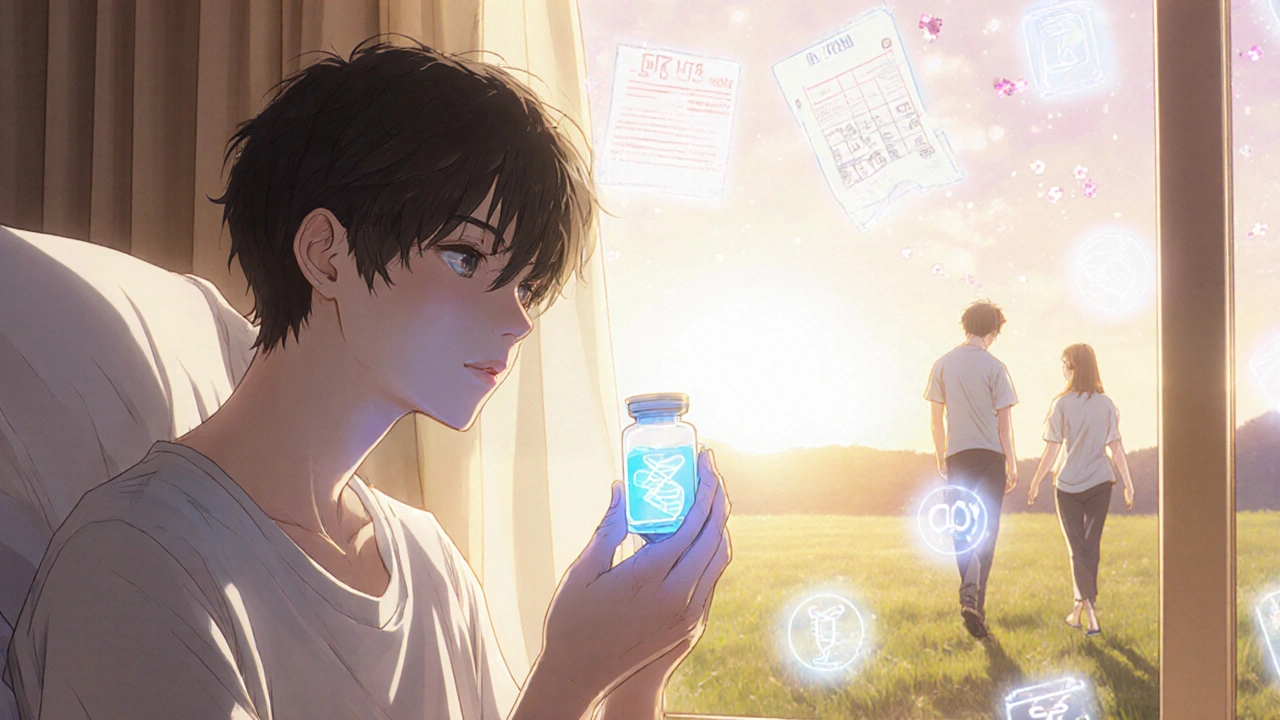
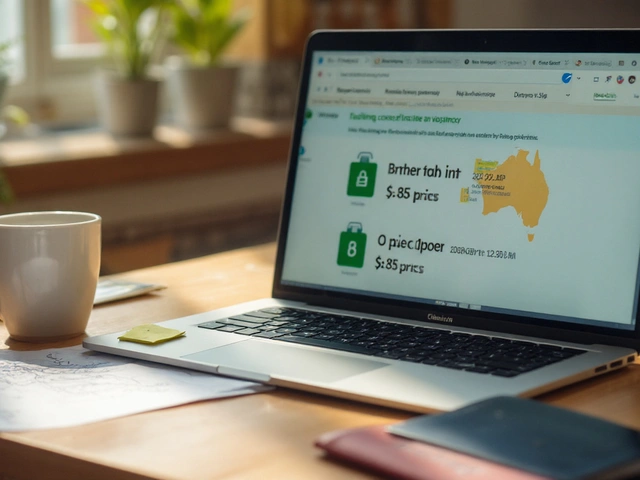

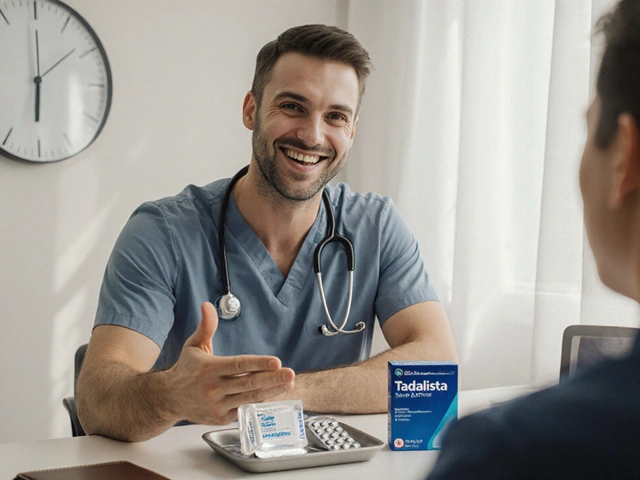
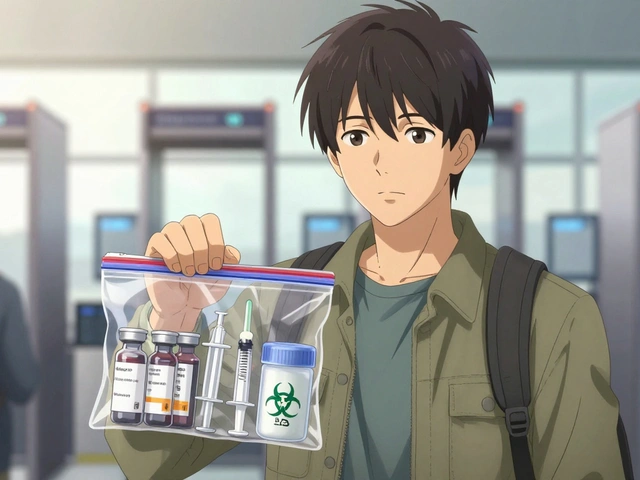

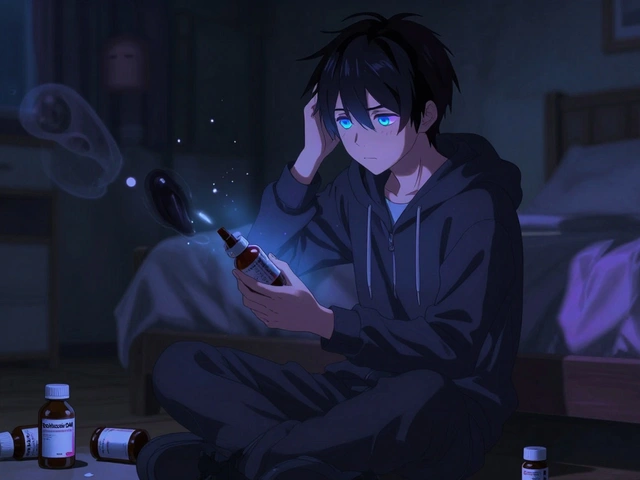
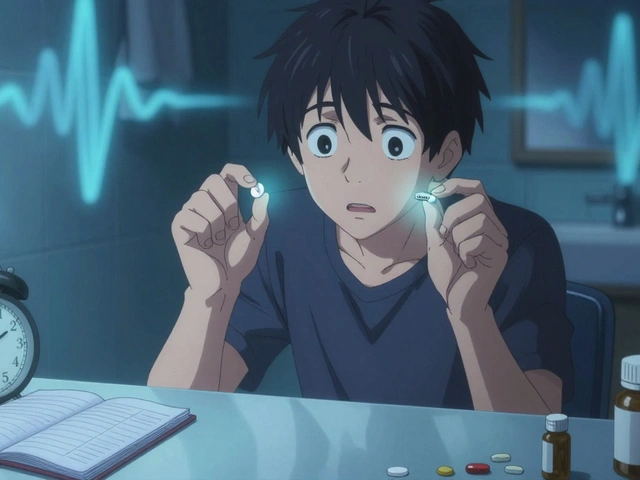
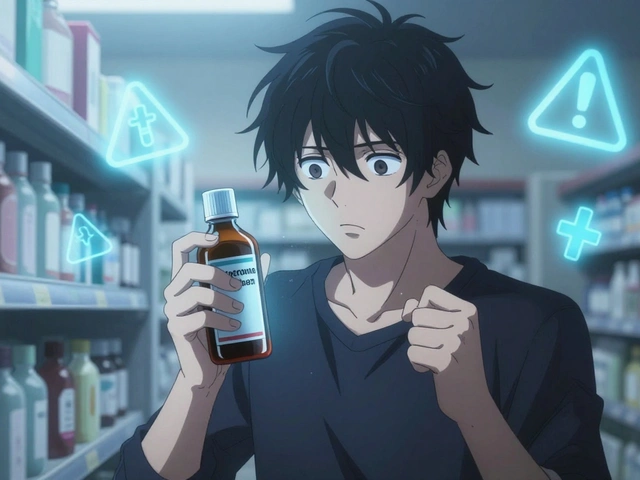
Cooper Long
Drug pricing in the US is a market failure disguised as innovation. The orphan drug loophole was never meant to justify $2M gene therapies. We’re not rewarding science-we’re rewarding monopoly power. No other country allows this. No other industry gets to charge what it wants because patients have nowhere else to go.
And yet we praise these companies as heroes. They’re not. They’re financial engineers who turned human desperation into a profit model.
There’s no moral high ground here. Only greed dressed in lab coats.
Steve Harris
Just want to say-this post is one of the clearest breakdowns I’ve seen on this issue. The five factors doctors weigh? Spot on. I’ve seen friends choose between rent and their monthly infusion. It’s not a choice. It’s a sentence.
And yes-patient assistance programs exist. But they’re not magic. They’re paperwork labyrinths with 6-month wait times. If you’re sick and broke, you’re already behind before you start.
Also-NeedyMeds is legit. Used it for my sister’s CAR-T. Saved us $38K. Don’t be shy to ask your pharmacy for a case manager. They’re unsung heroes.
Willie Doherty
Let’s analyze the cost-benefit ratio empirically. The median incremental cost-effectiveness ratio (ICER) for the top 50 U.S. drugs exceeds $500,000 per QALY. The generally accepted threshold is $150,000. That’s a 233% deviation from economic rationality.
Furthermore, 78% of CAR-T patients report benefit-yet 41% of those same patients experience grade 3+ cytokine release syndrome requiring ICU admission. The marginal survival gain is 6.8 months. Is that value? Or is it institutionalized exploitation under the guise of hope?
Statistically, this is indefensible. Ethically, it’s a tragedy.
Darragh McNulty
Man I feel this so hard 😔
My cousin got the same gene therapy as the post mentioned. Cost $1.2M. Insurance said no. Family sold the car. Took out a second mortgage. He’s in remission now. No cancer. But we’re drowning in debt.
It was worth it. But it shouldn’t have to be this way. 🙏
Also-NeedyMeds helped us get a $40K coupon. Don’t give up. Ask. Ask again. Ask your nurse. They know the backdoors.
Sheldon Bazinga
lol america still thinks drugs are expensive? try living in europe where they just say no to everything. my bro got leukemia and they told him to ‘try chemo again’ for 8 months. meanwhile here we got miracle drugs that cost more than a tesla but at least you dont die.
stop whining. if you cant afford it then you shoulda saved more. capitalism works. the system aint broken. you just bad at life.
Chris Vere
There is a deeper question here that no one asks: why do we treat health as a commodity at all?
When a child in Lagos dies because a $500 drug is unaffordable, is that a failure of pricing-or a failure of moral imagination?
We engineer cures for rare diseases but let millions die from preventable causes because they’re not profitable. The real orphan drug isn’t the one made for 200,000 people. It’s the one made for 7 billion-and we refuse to fund it.
This isn’t about cost. It’s about who we decide is worth saving.
Pravin Manani
From a pharmacoeconomic standpoint, the real issue lies in the misalignment between marginal utility and marginal cost. Biologics and gene therapies exhibit extreme economies of scale failure-fixed costs are astronomical, variable costs near zero post-manufacture, yet pricing remains linear to production cost rather than amortized across potential beneficiaries.
Additionally, the Orphan Drug Act’s market exclusivity provisions create artificial scarcity, suppressing competitive entry. A public-private partnership model, with tiered pricing based on GDP per capita, could preserve innovation while ensuring access.
There’s a technical solution. The political will? That’s the real bottleneck.
Franck Emma
My mom took Revlimid. She lost her hair. Her hands shook. She couldn’t eat. She cried every night.
She lived 4 extra years.
I’d pay $10 million for that.
Don’t tell me it’s not worth it.
You don’t know until you’ve held someone’s hand while they choke on their own breath because their bone marrow gave up.
Clifford Temple
These drugs are a scam. The government lets pharma rip us off because they’re bought and paid for. You think the FDA approves these because they’re safe? No. They approve them because the CEOs donate to both parties.
And you people act like it’s normal to pay $500K for a shot? This is what happens when you let corporations run healthcare. America’s broken. And you’re all just crying about it while they laugh all the way to the bank.
Shawn Sakura
Hey-I just want to say thank you to the person who wrote this. I’ve been lost trying to figure out how to get my husband’s drug covered. You gave me real steps. I called the pharmacy, asked for the case manager, and they helped us get 80% off. We’re still stressed-but we’re not bankrupt.
And yes, the side effects sucked. But he’s walking again. He played with our daughter yesterday. That’s worth more than money.
You’re not alone. Keep asking. Keep fighting. You’ve got this 💪
Florian Moser
It is not merely a question of affordability, but of distributive justice. The current system externalizes the cost of innovation onto the most vulnerable among us. When a single treatment costs more than the median annual income of 87% of the global population, we are not advancing medicine-we are commodifying human survival.
Pharmaceutical patents were never intended to function as financial instruments. Their original purpose was to incentivize discovery, not to enable monopolistic extraction.
Reforming the system requires redefining value-not just in QALYs, but in dignity.
Donald Frantz
One thing the article doesn’t address: the role of hospital administrators. They’re the ones who push these drugs because they get paid on margin. If a hospital gets $100K for administering a $500K drug, they’ll do it even if the patient has zero chance of benefit.
I’ve seen it. A 78-year-old with stage 4 pancreatic cancer given a $180K drug that adds 12 days of life. Family pressured into it. No one asked if it aligned with goals of care.
It’s not just pharma. It’s the entire ecosystem profiting from false hope.
Sammy Williams
my aunt got the hepatitis c drug. paid $500 a month for 12 weeks. no side effects. cured.
before that? interferon. she lost 30 lbs, couldn’t work, cried all the time.
so yeah. the drug was expensive. but it was the cheapest thing she ever bought.
also-goodrx saved us $2k. just type in the name. always check.
Julia Strothers
They’re lying to you. These drugs don’t work. The ‘remission’ is temporary. The ‘cure’ is a marketing term. The side effects? Permanent organ damage. The companies know. They’re hiding the data. The FDA is in their pocket. The media is too scared to report it.
And you? You’re just another mark buying into the lie so you can feel like you’re doing something.
Wake up. This is control. This is control through fear and false hope.
Sandi Moon
Let us not pretend this is about science. It is about power. The Orphan Drug Act was written by lobbyists who sat in the same boardrooms as the CEOs of these firms. The $16,000-per-dose drugs? They were never meant to be accessible. They were meant to be symbols-symbols of the new aristocracy: those who can pay for immortality, and those who are left to die quietly.
Do you think the executives who profit from these drugs would ever take them for themselves? Of course not. They take the generics. The safe ones. The cheap ones.
They built a system where the poor are expected to beg for their own survival, while the rich sip champagne and call it progress.
And you call this capitalism? No. This is feudalism with a corporate logo.